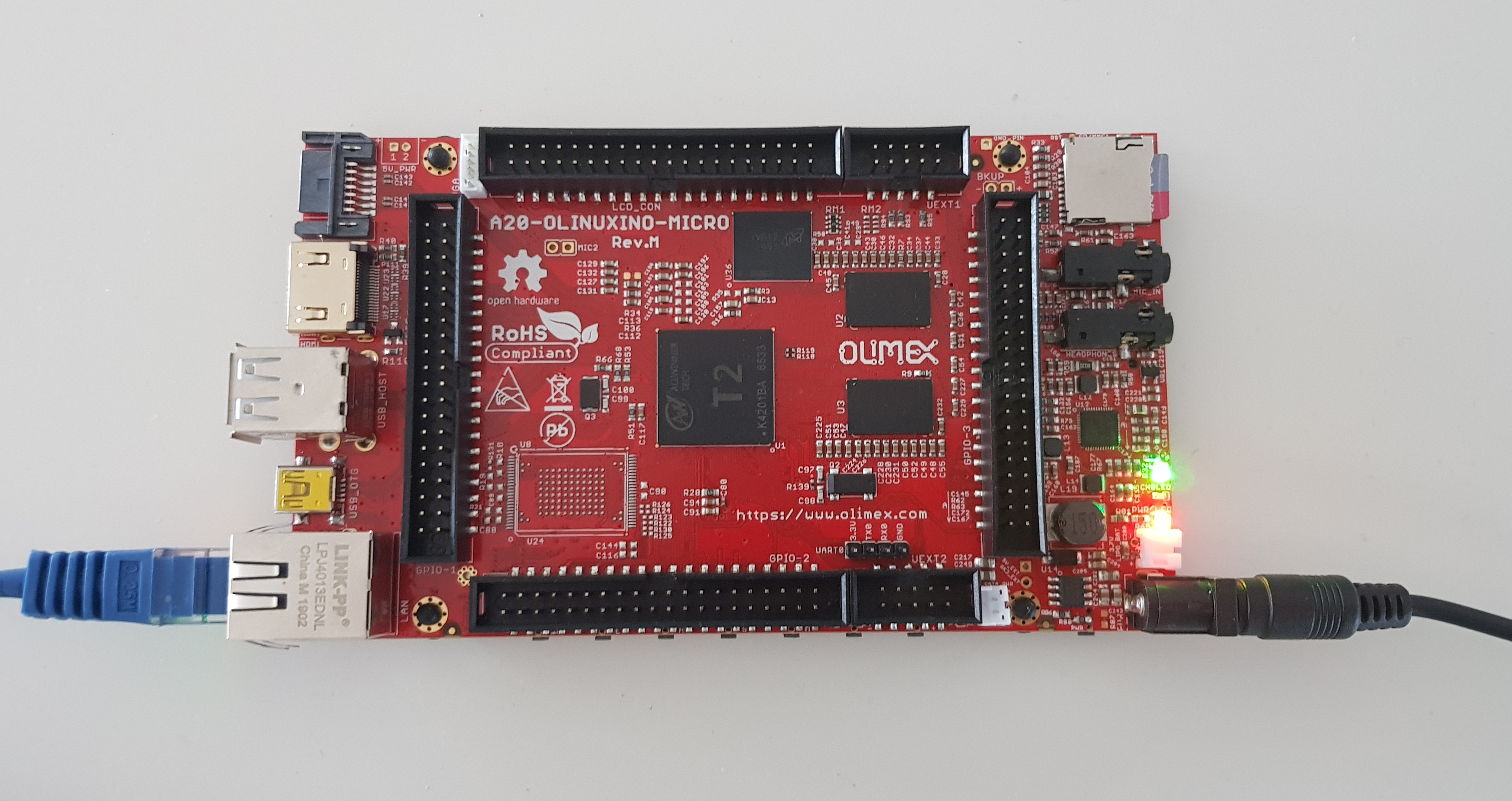This will install Re6st and SlapOS on your board. During the installation you will be asked several questions:
What is the url to the Re6st registry? (Ignore if you are using a FREEFIB Token from rapid.space) [http://re6stnet.gnet.erp5.cn/]:
In case you want to use a free token you can simply ignore this.
Please insert your re6stnet token: [notoken]:
If you want to use a free token you can get one in the rapid.space panel by clicking on "Get Re6st Token!". Wait few minutes until the connection parameters appear and then enter the provided token.
The next two question can also be ignored if you want to use rapid.space as your SlapOS master (simply press enter):
What is the url to the SlapOS Master API? (ignore if you already have a configured re6st and slapos): [https://slap.vifib.com/]:
What is the url to the SlapOS Master Website? (ignore if you already have a configured re6st and slapos): [https://panel.rapid.space/]:
In this question you can enter the name for your computer. This is the name which will appear in the SlapOS Master panel. You may want to choose a name which makes it easy for you to recognize the respective board (for example "Wendelin-Olimex-IoT-Gateway"):
Name your computer (ignore if you already have a configured re6st and slapos or if you don't want to register your computer to SlapOS Master): [noname]:
To answer this question you can go to the "Servers" tab in the panel of your SlapOS Master (e.g. rapid.space) and click on "Token". Then enter the received token in the terminal.
Input your slapos token (ignore if you already have a configured slapos) [notoken]:
You can ignore the next question (because you will use Re6st):
Which interface will provide IPv6? (ignore if you already have a configured re6st) [lo]:
The last setting can also be left to the default value (simply press enter):
How many SlapOS computer partitions would you like? [10]:
Now you will have to wait until the installation is finished.
To ensure the installation was successful you can run:
slapos node status
This should return something similar to:
watchdog RUNNING pid 8936, uptime 0:02:36
Your IoT Gateway is ready now
